Sauerkraut With Apples And Carrots: Simple Food For Healthy Gut
Views: 178
If you’re looking for an easy way to add more fermented foods to your diet, this homemade sauerkraut recipe is a simple way to start!
This is our second recipe dedicated to making fermented cabbage. Our first recipe – a traditional Ukrainian sauerkraut – has a much saltier flavor, true to its classic roots. This time, we’re featuring a modern sauerkraut recipe from western Ukraine. It has less salt and includes apples, carrots, and warm spices for a lighter, slightly sweet taste of the finished kraut.
Both versions are packed with natural probiotics, making them great for gut health.
Benefits Of Fermented Cabbage (Sauerkraut)
Did you know that sauerkraut is incredibly good for you! Not only is it packed with probiotics, but it also contains antioxidants and essential nutrients that support gut health, digestion, and overall well-being. If you want to learn more, we covered all the health benefits in detail in our previous post.
Cabbage Selection For Fermentation
The fermentation time depends on the type of cabbage you use. For example, summer cabbage ferments faster than cabbage meant for winter storage. In addition, use of organic cabbage in your ferment reduces fermentation time by as much as 25%.
If you’re using organic winter cabbage for this homemade sauerkraut recipe, you can expect it to be ready in about 4–5 days. In contrast, if you’re using regular (non-organic) cabbage, fermentation may take up to 10 days.
Additionally, when picking a cabbage make sure to pick firm, white or green cabbage with tight, crisp leaves. Avoid any that are wilted or damaged, as they won’t ferment well. Once you have your cabbage, cut it in half or quarters, then slice it into thin, even strips—no wider than 3/16 inch (5 mm). This ensures even fermentation and the right texture.
All You Need to Know About the Fermenting Container.
Believe it or not, you don’t need a specialized fermenting jar to make great sauerkraut at home. Sure, having one can make the process easier, but it’s not a requirement. So, what should you use if you decide not to buy a fermenting jar?
Your best options are glass jars or clay crocks, with enameled containers as a good backup choice. Avoid plastic, uncoated aluminum, or steel, as they can react with the salt and ruin your batch. Before you start, always wash your container with hot, soapy water and sanitize it to keep unwanted bacteria out of your ferment.
One advantage of a specialized fermenting container is that it comes with weighting stones—but are they really necessary for making sauerkraut ?
According to tradition, the rule is simple: if the cabbage stays fully submerged in its own liquid, you don’t need a weight. However, if the brine doesn’t completely cover the shredded cabbage or if you notice pieces floating to the surface, it’s best to weigh them down to prevent spoilage.
Choose The Right Salt
For best results, use plain, non-iodized salt – pickling salt is your best bet! Avoid iodized salt, sea salt, or flavored salts, as they can interfere with fermentation and affect the final taste.
Additional Tips To Make Your Homemade Sauerkraut A Success
![]() For starters, as you pack the shredded cabbage into the vessel, press each layer down firmly. All experienced Ukrainian homemakers swear by this trick !
For starters, as you pack the shredded cabbage into the vessel, press each layer down firmly. All experienced Ukrainian homemakers swear by this trick !
![]() Each day, you’ll need to spend couple of minutes to check on your fermenting cabbage. This is what you need to do – use the handle of a long wooden spoon to pierce the cabbage and release any trapped gases from the bottom of the vessel. Before doing this, wash the spoon thoroughly with soap and hot water, then dry it completely.
Each day, you’ll need to spend couple of minutes to check on your fermenting cabbage. This is what you need to do – use the handle of a long wooden spoon to pierce the cabbage and release any trapped gases from the bottom of the vessel. Before doing this, wash the spoon thoroughly with soap and hot water, then dry it completely.
![]() To prevent overflow and mess on a counter, make sure not to overfill your fermenting vessel. As fermentation begins, liquid will rise to the top, and without enough space, it could spill over. To avoid a mess, leave at least 1 ½ inches of headspace in your fermenting vessel.
To prevent overflow and mess on a counter, make sure not to overfill your fermenting vessel. As fermentation begins, liquid will rise to the top, and without enough space, it could spill over. To avoid a mess, leave at least 1 ½ inches of headspace in your fermenting vessel.
![]() Lastly, ideal fermentation happens at 65-75°F (18-24°C). Cooler temps will slow the process, while warmer temps will speed it up.
Lastly, ideal fermentation happens at 65-75°F (18-24°C). Cooler temps will slow the process, while warmer temps will speed it up.
Essential Tools
- A sharp knife or mandoline – You can use either of these to evenly shredding the cabbage.
- A large mixing bowl – This can be glass, plastic or stainless steel. It is required to massage and mix the cabbage, apples and carrots with salt.
- Glass jars, ceramic crock, or an enameled pot – Traditional Ukrainian households use wooden barrels, but glass jars, ceramic crocks or enameled pots work fine.
- A fermentation weight – Optional. It is required to keep the cabbage submerged in juices.
- A clean cotton kitchen towel – To cover and protect the fermentation jar.
Safety Tips For Fermenting Sauerkraut
To ensure your sauerkraut ferments safely, start by keeping everything clean. Wash your hands, jars, and utensils thoroughly to prevent unwanted bacteria from interfering with the process. Also, use non-iodized salt, like pickling or sea salt, since additives in table salt can disrupt fermentation.
Cross-contamination is another concern when fermenting cabbage, so take extra precautions:
- Use separate cutting boards – If you’ve handled raw meat, switch to a clean board before prepping cabbage.
- Avoid double-dipping – Always use a clean utensil when checking your ferment. Don’t stick fingers or used spoons into the jar.
- Keep ferments separate – If you’re fermenting multiple foods, store them apart to avoid bacteria mixing between batches.
Finally, check for any signs of contamination. A white, yeasty film (kahm yeast) is harmless, but fuzzy mold or a foul smell means it’s time to toss the batch and start fresh.
How to Make Sauerkraut With Carrots And Apples – Step-by-Step

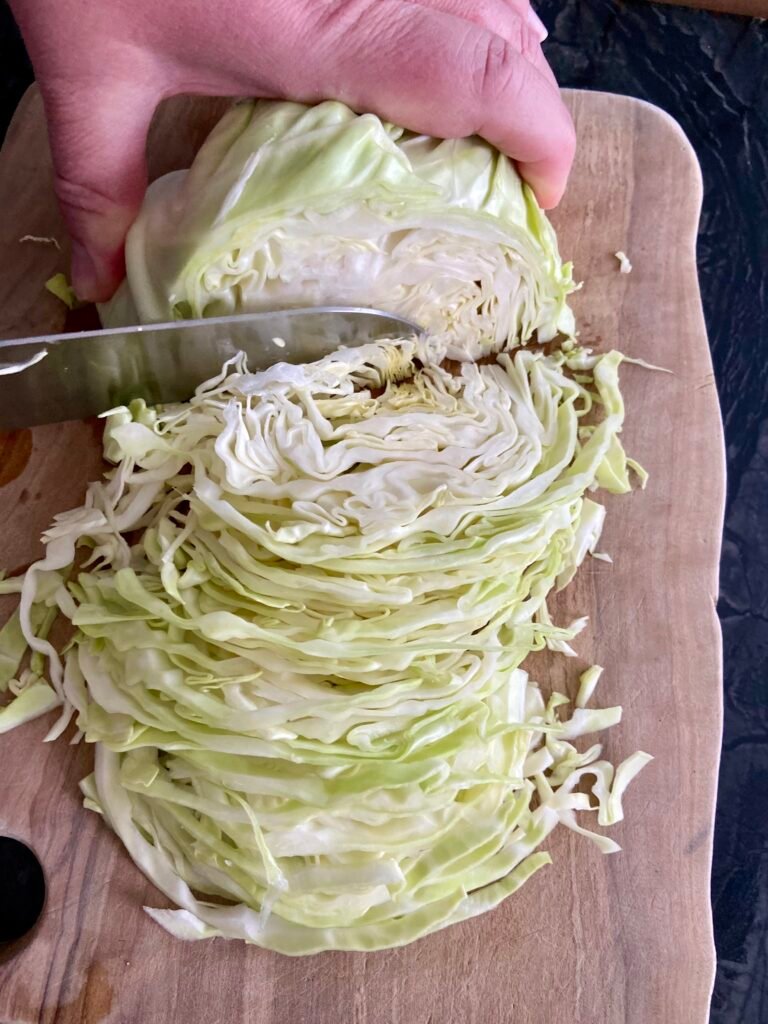

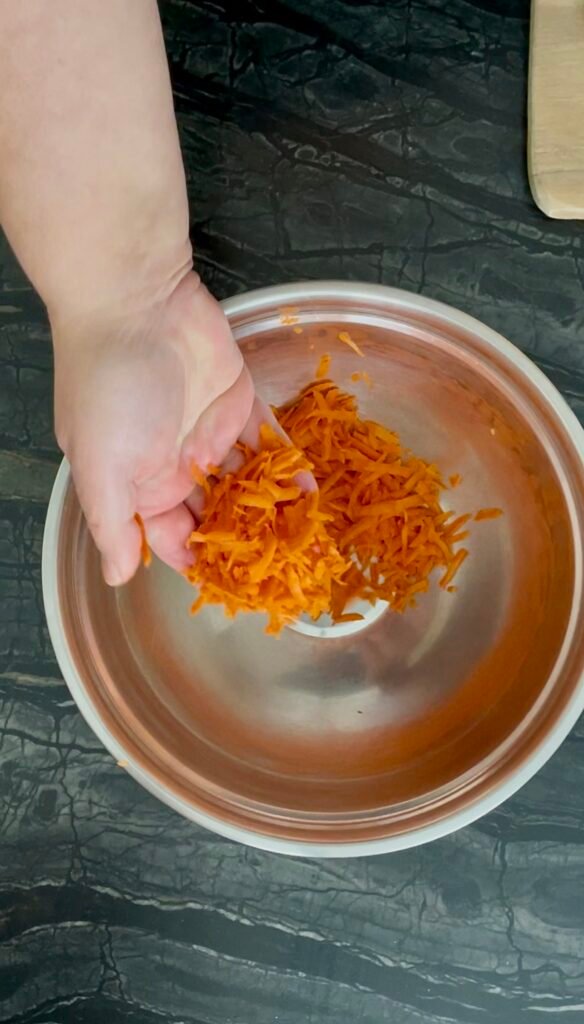
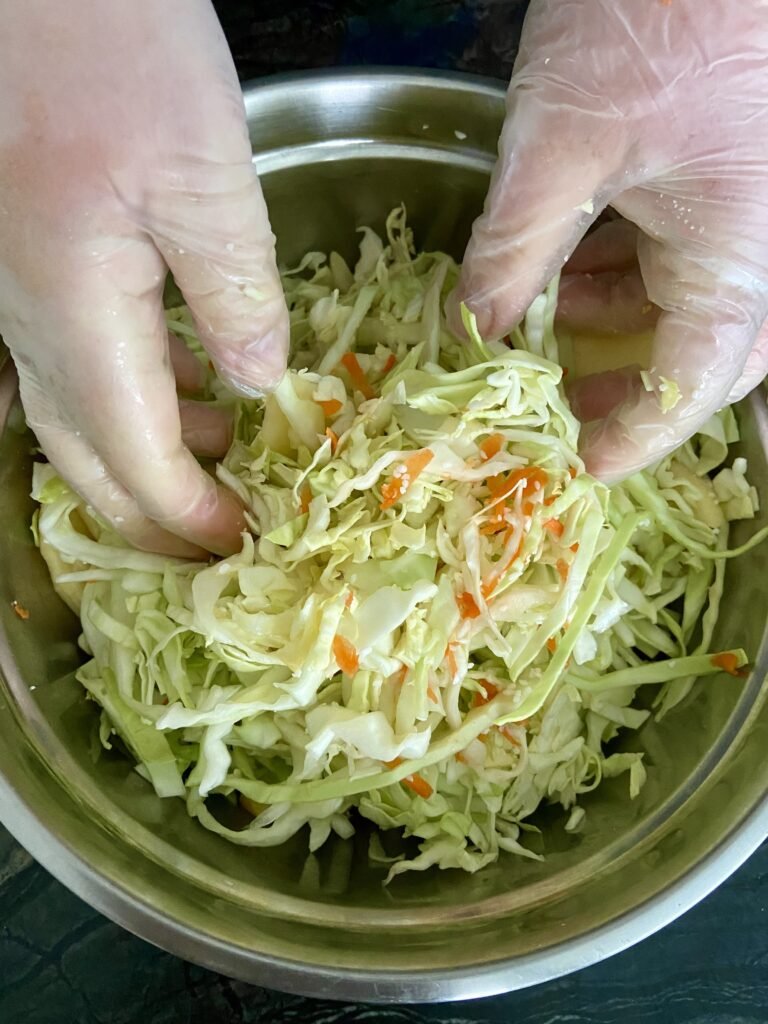


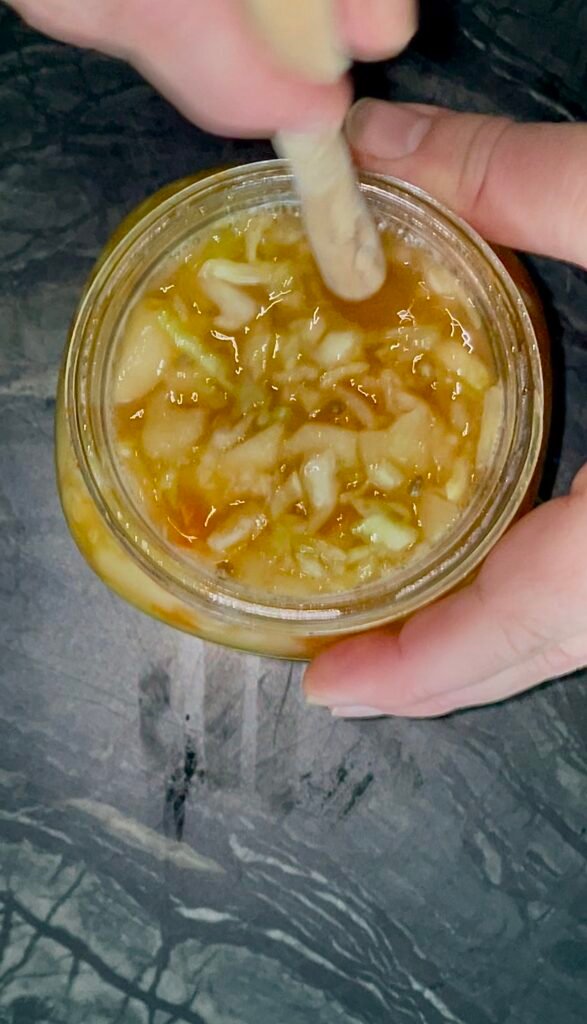
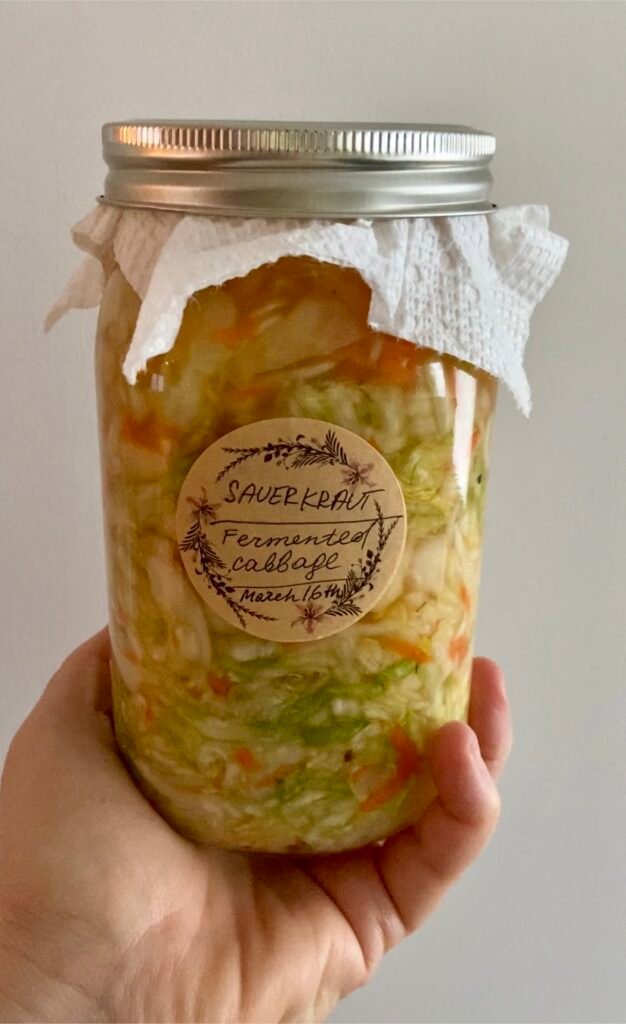
Sauerkraut with Apples and Carrots
Ingredients
- 2 lbs medium head of green cabbage finely shredded
- 1 large apple cored and julienned
- 1 medium carrot grated
- 1 ¼ tbsp non-iodized salt 23 grams
- 1 tsp coriander seeds
- 5 whole black peppercorns
Instructions
Step 1: Prepare the Ingredients
- Remove and discard any damaged outer leaves of the cabbage
- Finely shred the cabbage and place it in a large mixing bowl.
- Thinly slice the apple and grate the carrots, then add them to the cabbage.
Step 2: Massage the Vegetables
- Sprinkle the salt over the cabbage mixture.
- Using clean hands, massage the salt into the cabbage for about 5 minutes. This helps draw out moisture and create a natural brine.
- Add peppercorns and coriander seeds. Then mix well.
Step 3: Pack the Jar
- Transfer the cabbage mixture into a clean, sterilized glass jar, pressing it down tightly as you go.
- The natural brine should rise to the top
- Optionally Weigh it down with a small glass or fermentation weight.
Step 4: Fermentation
- Loosely cover the jar with a paper towel or a clean cloth secured with a rubber band or mason jar band.
- Let it ferment at room temperature (65-75°F) for about 5-7 days.
- Check daily, pressing down to ensure everything stays submerged and releasing any built-up gases.
Step 5: Store and Enjoy
- Once fermentation is complete, store the sauerkraut in the refrigerator or another cool, dark place to slow fermentation and preserve its crunch. Ideally, keep it at or below 50°F (10°C). A fridge set to 32–40°F (0–4°C) works best for long-term storage.
We can’t wait to learn how this preserve recipe worked out for you. Leave us a comment below, like us on X, Facebook, Pinterest and Instagram. And remember, sharing is caring!
Frequently Asked Questions
How Long Does Homemade Sauerkraut Last?
When stored in a refrigerator homemade sauerkraut can last several months to a year.
- Refrigerated (32–40°F/0–4°C): Up to 12 months if kept in an airtight container and submerged in brine.
- Root cellar (45–50°F/7–10°C): Around 4 to 6 months, depending on temperature stability.
Always check for signs of spoilage and discard sauerkraut that shows signs of spoilage such as mold, slimy texture or off smells.
How Is Sauerkraut Different From Kimchi?
Both sauerkraut and Kimchi are fermented cabbage dishes, but they differ in ingredients and flavor.
- Sauerkraut is made with cabbage and salt, often with added spices like caraway or cumin. It has a mild, tangy taste.
- Kimchi is a Korean dish that includes garlic, ginger, chili flakes, and fish sauce, giving it a spicy, umami-packed flavor.
How Is Sauerkraut Different From Pickled Cabbage?
Both Sauerkraut and Pickled Cabbage are made with cabbage, but they use two different preparation techniques. Unlike sauerkraut, which ferments naturally through beneficial bacteria, pickled cabbage is preserved in vinegar. As a result, pickled cabbage has a sharper, more immediate sourness but lacks the probiotic benefits of fermentation.
How To Use This Sauerkraut
You can use this homemade sauerkraut as a side dish, in a variety of Ukrainian dishes (pierogis and borscht) but we suggest you use it to make an American classic grilled Reuben sandwich. For those unfamiliar, it is made with corned beef, Swiss cheese, sauerkraut, and Russian or Thousand Island dressing, all piled between two slices of rye bread.
You May also like:
-
Dried Porcini Mushroom Soup: Rich, Earthy, And Freezer-Friendly
This dried porcini mushroom soup is the perfect intersection of simple cooking and mindful preservation. It’s rich without being heavy, earthy without being overpowering, and endlessly satisfying. It is also perfect for freezing. Whether you’re meal-prepping or enjoying it fresh, this wild mushroom soup does not disappoint read more
-
How To Make, Freeze And Serve Braised Oxtail Ragu
Maybe you’re not hosting a dinner party. Maybe you’re just reheating this on a Tuesday night, wearing sweatpants, using the fancy bowl to feel something. This braised oxtrail ragu is a freezer meal that makes you look like the person who has it all together, even if you absolutely do… read more
-
Modern Ukrainian Borscht: A Healthier Take On the Classic Dish
This borscht is a gift to your future self. It’s easy to make, feeds you for days, and freezes well for when you need it most. Whether you grew up with it or just discovered it, Ukrainian Borscht is a comfort food with staying power, perfect if you like to… read more
-
Cioppino Soup Base: Your Simple Solution For Fancy Quick Meals
Let us tell you something we never thought we’d say: Cioppino is weeknight food now. This classic dish from San Francisco, once reserved for splashy dinners with linen napkins, is now 100% doable any weekday at home. Don’t roll your eyes yet—we’re serious. Read on to find out how. read more
-
Smoked Bone Broth Chicken Broth – Your Kitchen’s Secret Weapon
Made with smoked turkey wings and chicken carcasses, this homemade bone broth chicken broth is best for soups, sauces, and sick days! It is also an ultimate make-ahead kitchen staple. Stash it in your freezer and you’ve got an instant flavor on tap. Seriously, why settle for bouillon cubes when… read more
-
Sauerkraut With Apples And Carrots: Simple Food For Healthy Gut
This probiotic-packed sauerkraut is crunchy, tangy, and perfectly spiced with cumin and coriander – no store-bought mystery ingredients, just real food doing its thing. It is also ridiculously easy to make. Plus, it actually tastes good, unlike some of those “health” foods. read more
-
Authentic Ukrainian Cabbage Rolls (Holubtsi) Recipe & More
You may know Ukrainian cabbage rolls as comfort food, but did you know they’re the ultimate make-ahead freezer meal? Holubtsi start out delicious but turn next-level amazing after a night in the fridge or freezer. This guide will teach you to roll, cook, and most importantly reheat them like a… read more
-
How To Make Sauerkraut – Traditional Ukrainian Fermented Cabbage Recipe
A weight-loss doctor suggested fermented cabbage and Ozempic for shedding pounds. We’re not sold on Ozempic, but sauerkraut? Count us in! This Ukrainian fermented cabbage recipe has kept our family slim and regular for generations. Packed with vitamins and probiotics, it’s the healthiest side for any dinner. Enjoy free medical… read more
-
How To Make Pelmeni Dumplings: Freezer-Friendly Quick Meals Recipe
Pelmeni are a staple of Siberian cuisine, known for their delicate dough and savory meat filling. Traditionally made in large batches and frozen for convenience, pelmeni dumplings are the perfect freezer-friendly meal. Our pelmeni recipe is a Ukrainian take on this popular dish, combining classic flavors with a few personal… read more
-
What Is, And How To Make And Freeze Manti Dumplings
Spoiler alert: This isn’t about Manti, UT, or Manti the football player. It’s about Manti the food! These Central Asia-inspired juicy, meat-filled steamed dumplings are perfect for making ahead and freezing. So, whether you’re watching Manti the player or living in Manti the town, you’ll never go hungry with these… read more



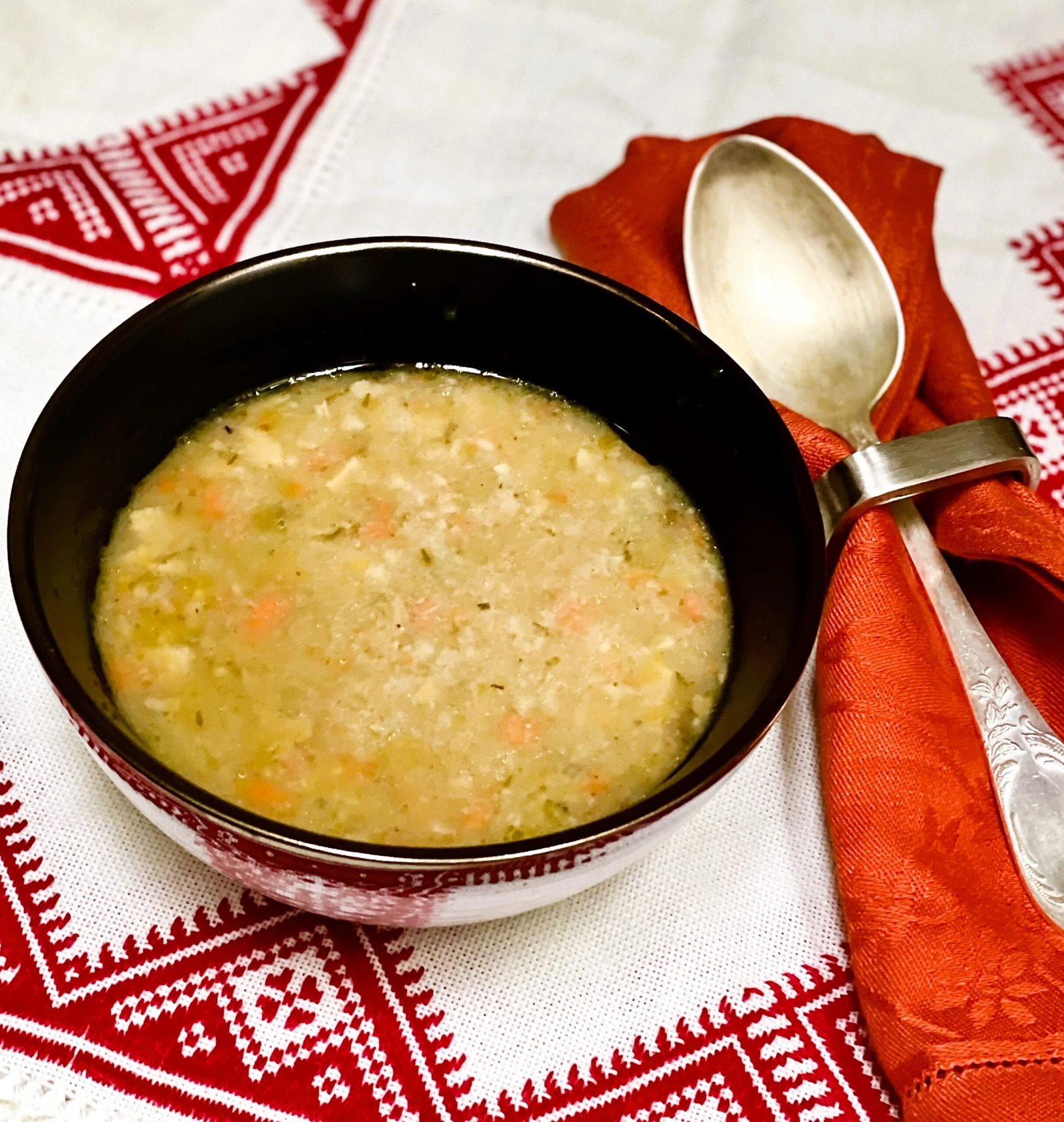
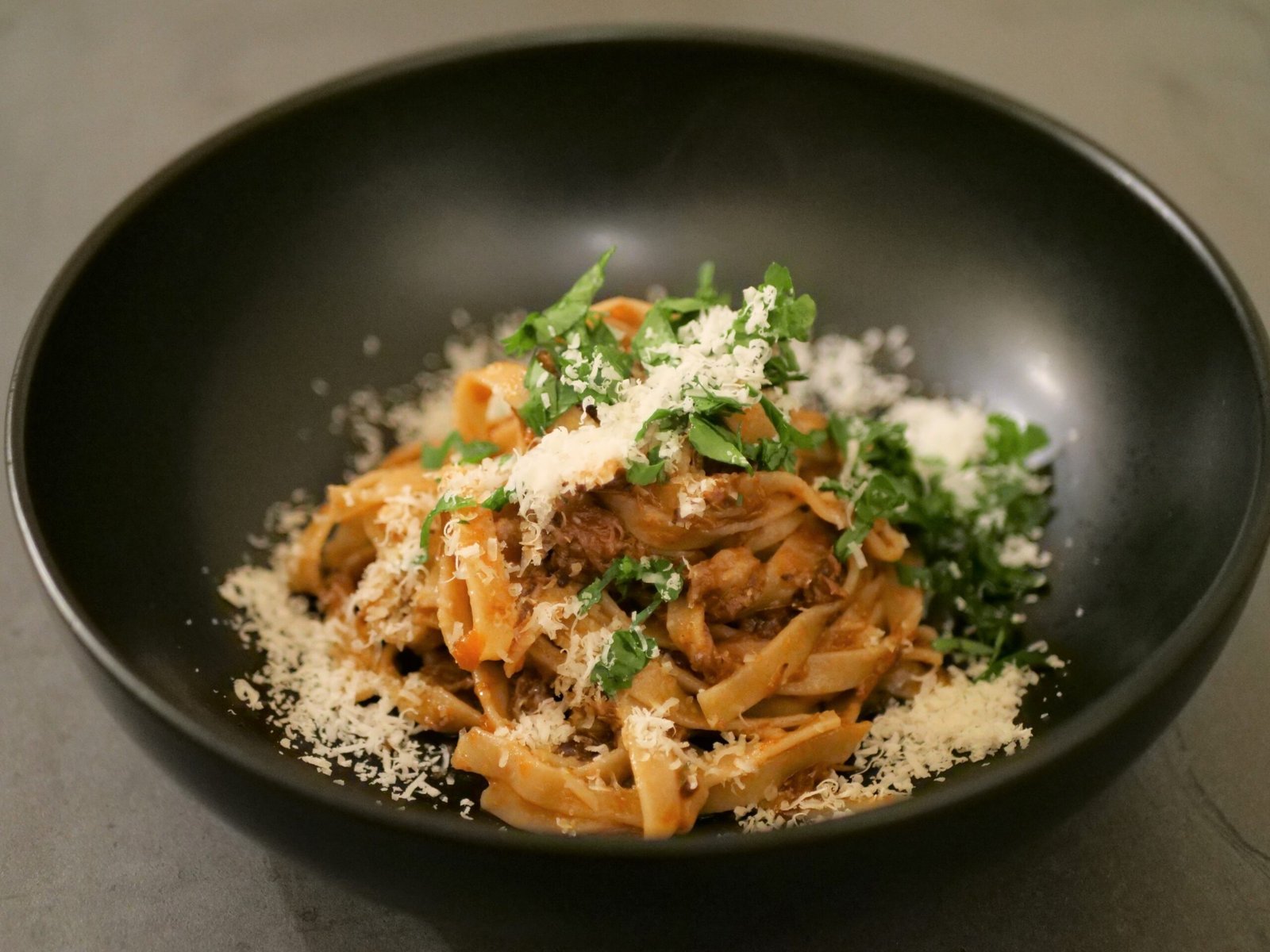

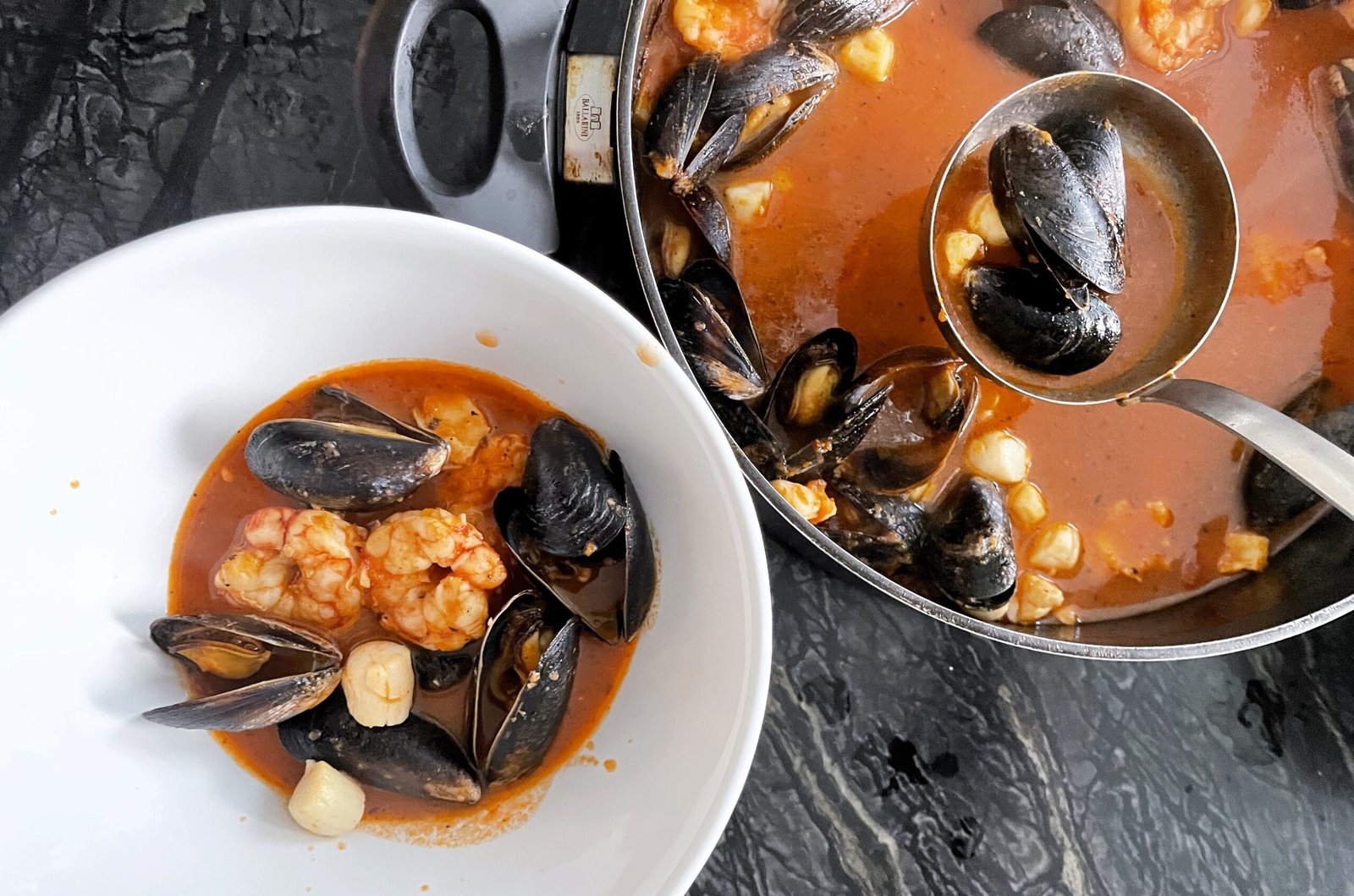
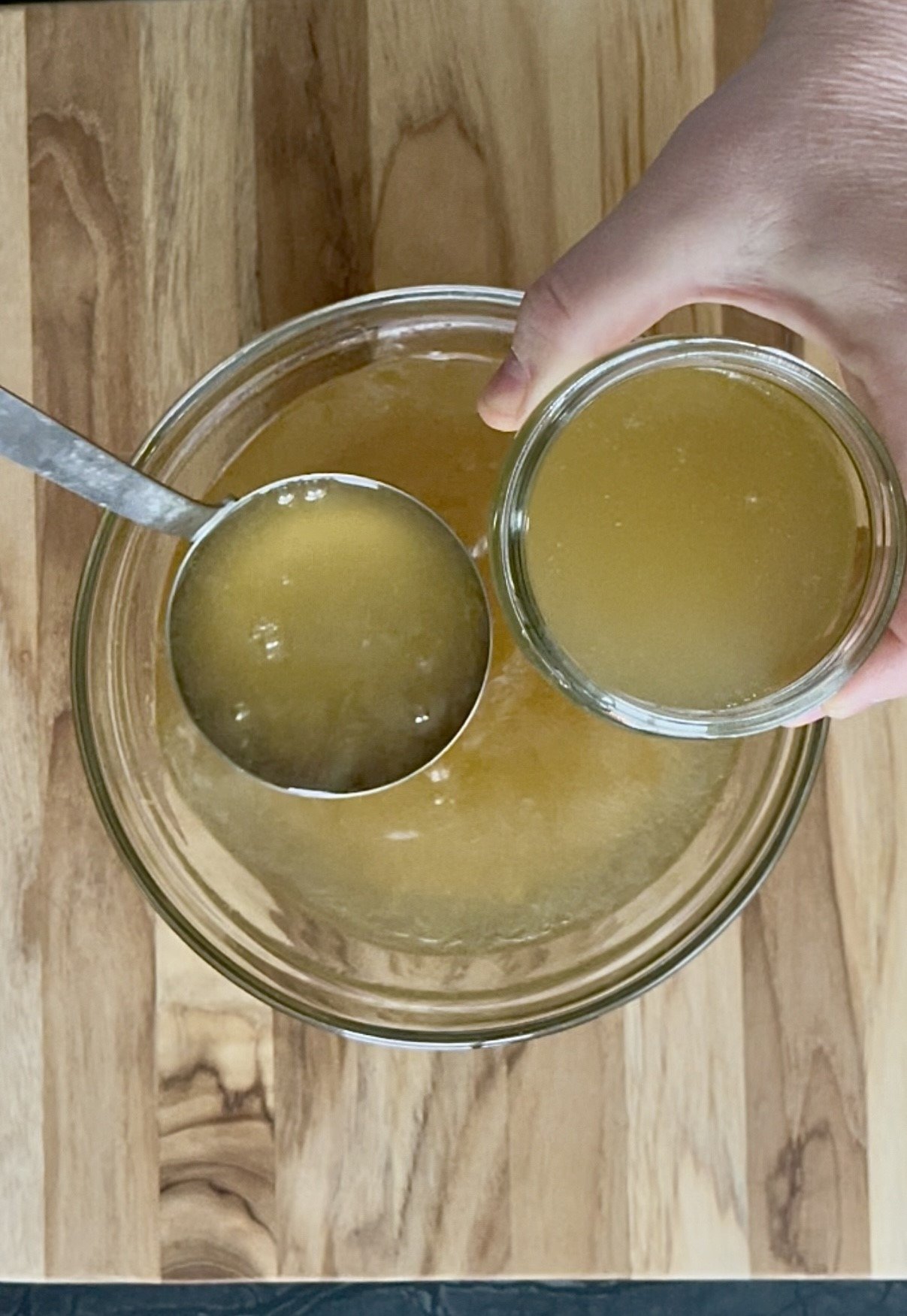
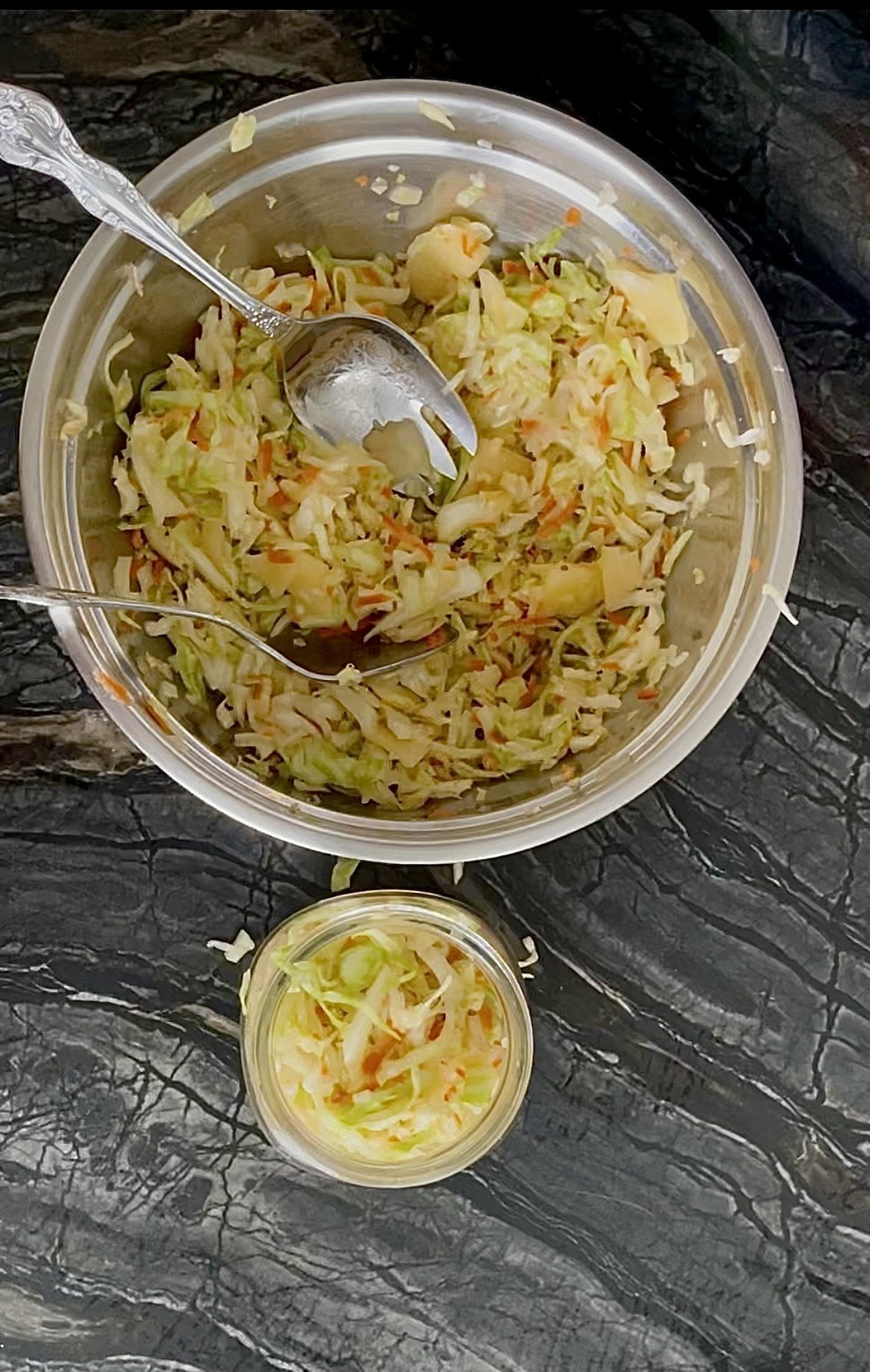

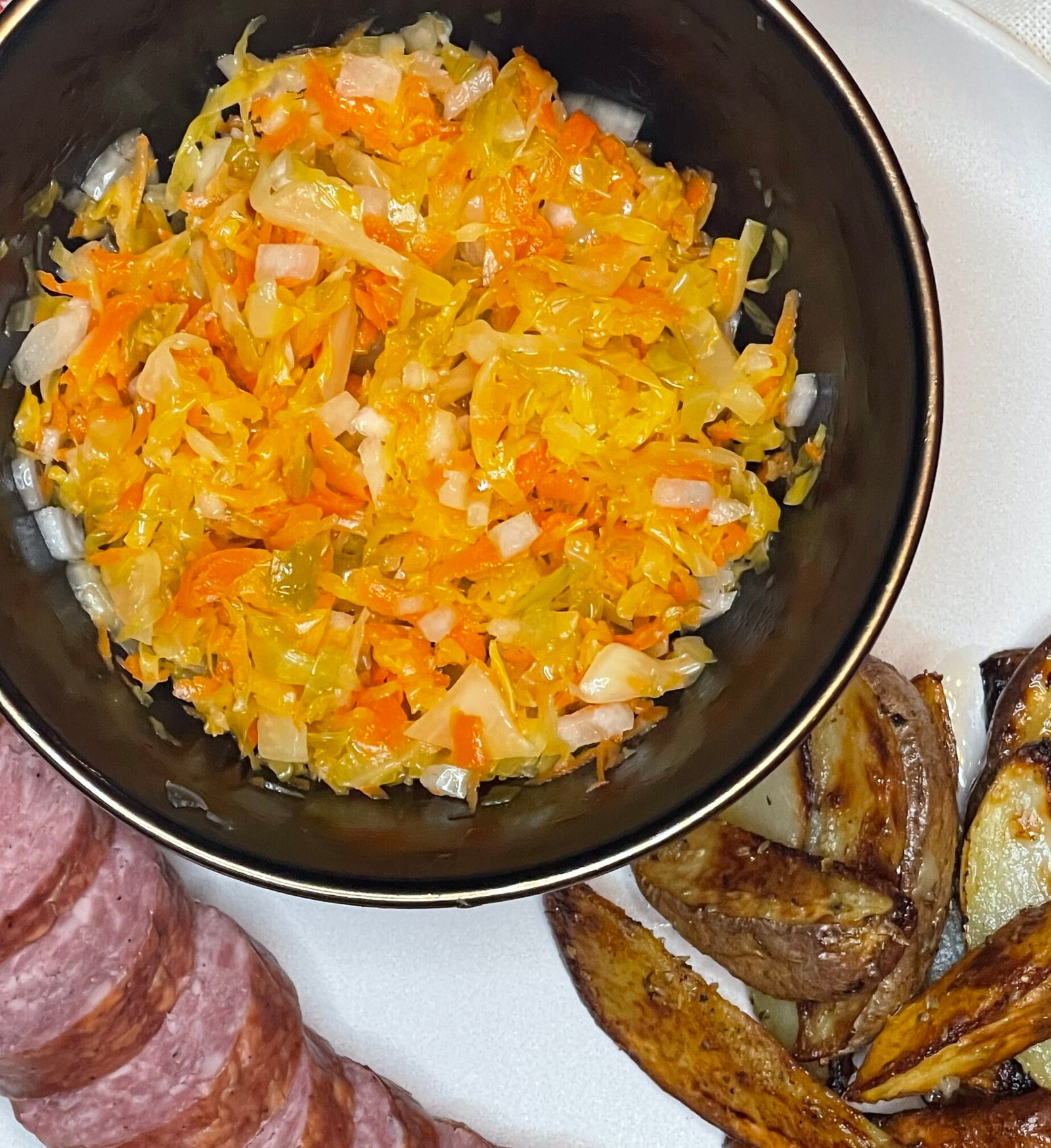
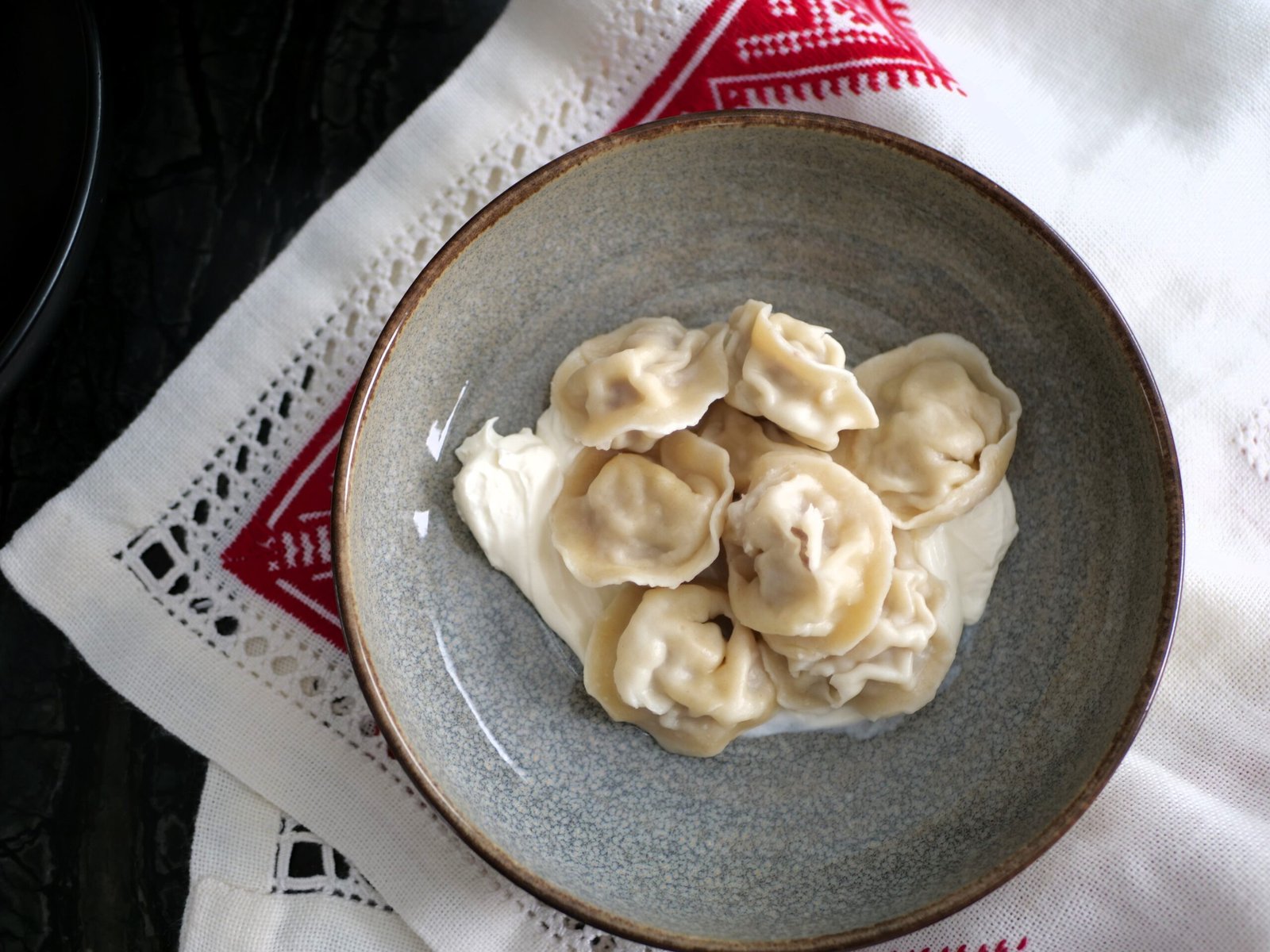
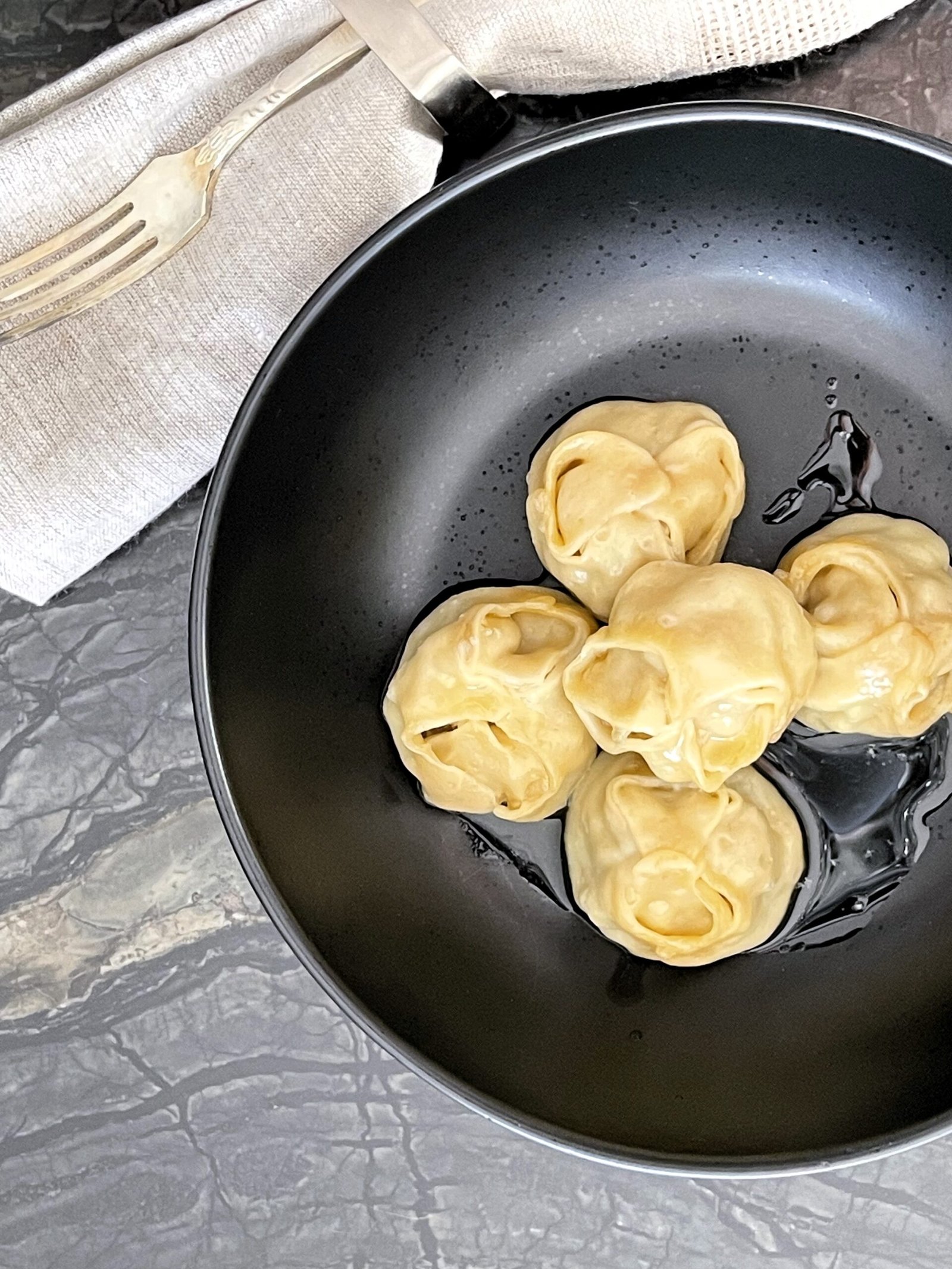

Leave a Reply